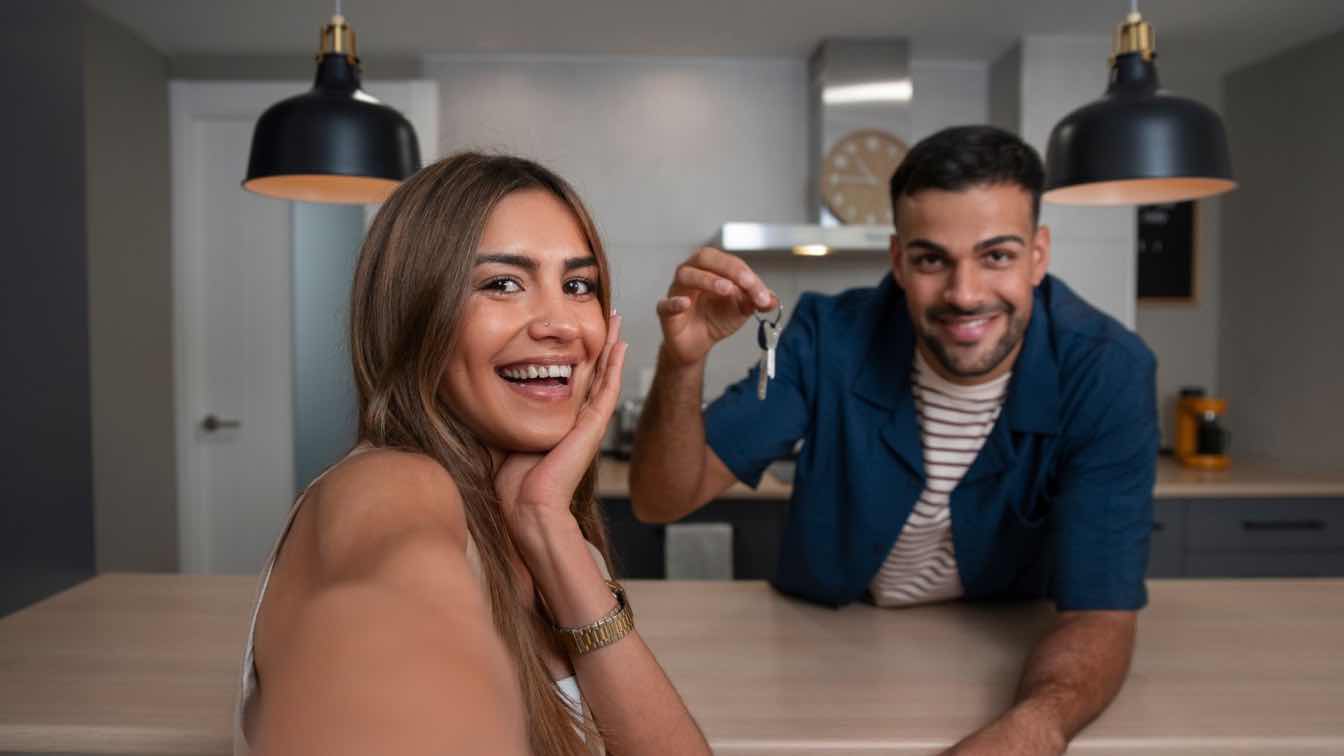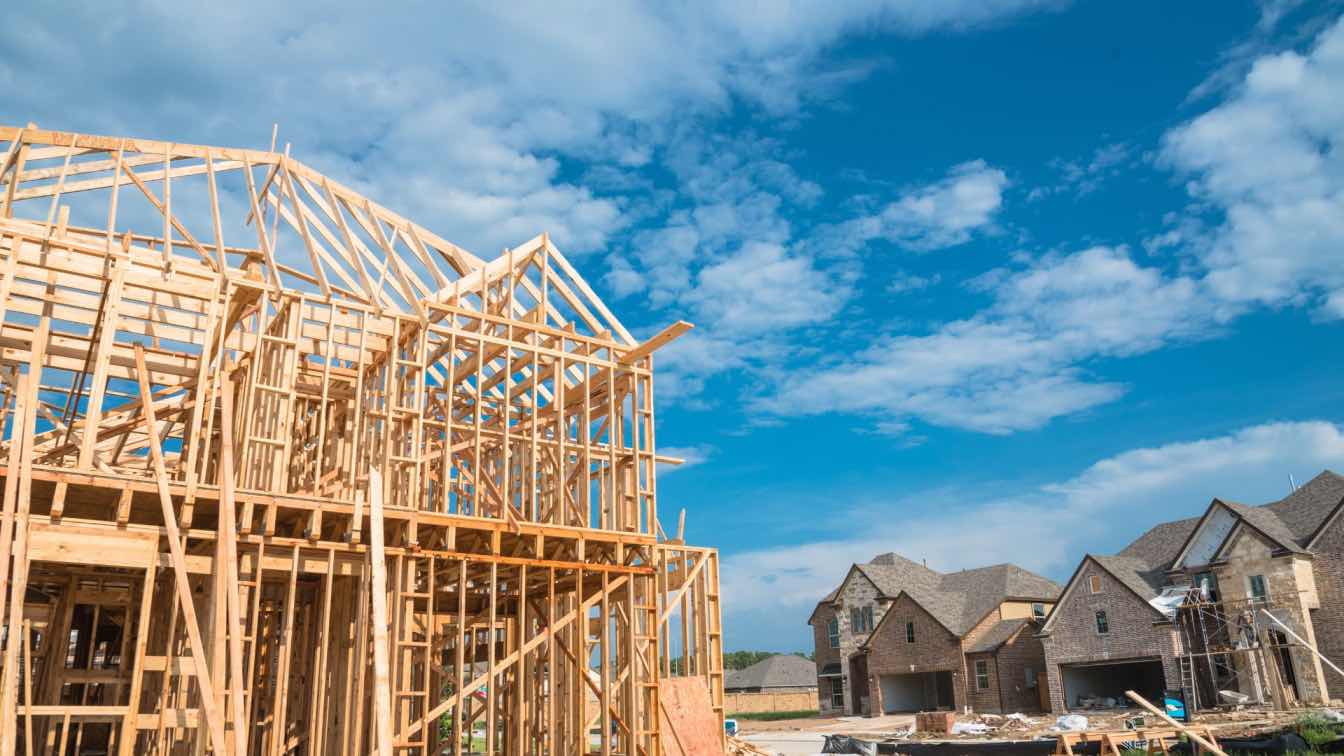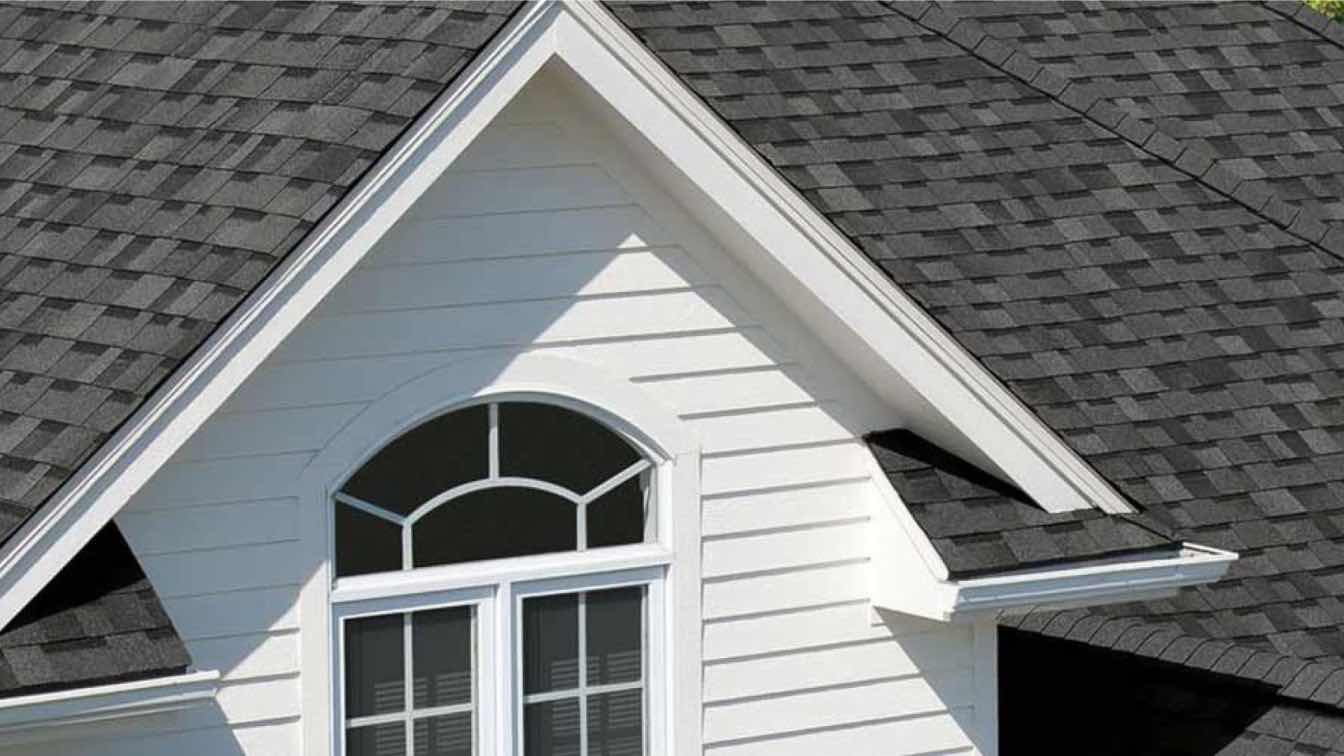When purchasing a home, many people are all about the property, how big it is, what it looks like, and what’s inside. But the layout of the community where the home is situated is just as important. All neighborhoods, it turns out, aren’t created equal, and a little planning can go a long way toward making your daily routine easier and more pleasant. A great community is more than a series of homes; it’s a feeling of comfort and connectedness. Understanding this can help homebuyers make a more informed and more satisfactory decision.
Contributing to the Long-term Value and Stability
Homes in established neighborhoods within well-planned communities tend to retain their value over time. Thoughtful design and strong infrastructure signal long-term care and attract prospective buyers.
A healthy mix of residential types, open spaces, and convenient access to services brings balance and allows the area to evolve with changing needs. This kind of thoughtful development adds lasting appeal—something clearly evident when exploring carolina forest homes for sale, where the benefits of a well-managed community are built into the value of the homes themselves.
Convenient and accessible every day
A strong community plan can vastly simplify the business of living one’s life each day. When schools, grocery stores, parks, and other important services are close and easy to get to, everyday errands are less time-consuming.
Some little conveniences mean a lot for your routine. For instance, if you are close to work or your child’s school, you will spend less time traveling to and from those destinations, as nearly everyone knows.
Develops the safety of an individual
Security is usually high on the list of every homebuyer. Good examples of this are well-lit streets, open areas, and organized traffic systems, as their presence can have a psychological impact on how people feel about their safety in a neighborhood. Homes are spaced far enough apart to provide privacy but create a strong sense of community.
Parks, walking paths, and common areas in neighborhoods prompt people to go outdoors, where neighbors keep an eye on one another. The design of a community can minimizes traffic accidents and enhance its pleasantness.
Promotes the spirit of socialization and belonging
Community design, too, can shape how connected people feel to one another. Common areas that consist of open lawns, parks, and clubhouses provide the opportunity for residents to know each other and become friends.
Neighborhood-sponsored walking trails and events in those areas allow residents to get to know each other in an easy and friendly manner. The sense of belonging can help mental well-being and make where you live feel more satisfying. Thoughtful neighborhood design can provide the opportunities that make these interactions possible.
Supports a Healthy Lifestyle
Walking and spending time outside are easy ways to stay active in a community that encourages it. Parks and walking trails promote movement and time outdoors. When such amenities are thoughtfully integrated into neighborhood design, staying fit becomes a natural part of everyday life rather than a chore.
It also enhances the look and feel of the area—providing clean, safe spaces for families, children, and even pets to relax and play. A neighborhood with these qualities tends to feel more positive and welcoming overall.
While community design might not be a homebuyer’s first consideration, it plays a significant role in shaping daily happiness and comfort. From convenience and safety to fostering connections and ensuring long-term value, a well-planned neighborhood has lasting impact. For example, communities like carolina forest homes for sale showcase how smart design contributes to a higher quality of life for residents. In the end, thoughtful layout is what turns a house into a true home.





